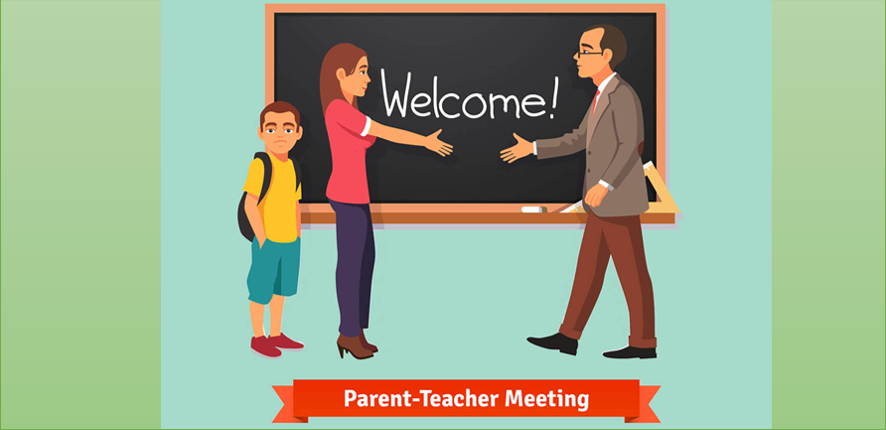The two groups of people that share major responsibilities of how the child’s educational needs are met are the parents and the school authorities, the teachers and other staffers. For the parents, they remain a vital part of how lesson taught in school impact their children while at home. That means the parent must ask questions, encourage the student to study his/her lesson, follow up on the student’s attitudes and actions at home and at school, etc. All this should grow the student’s understanding of the world around him, while still nursing his infant mind.
According to the American Immigration Council, at least 24% of immigrants in North Dakota comprise of Liberians, Bhutani and Nepal immigrants or New Americans alone. There are 3,084 children, most them school age children. This number is huge when you look at how they impact teaching, especially when most of these kids cannot measure up to the standard of learning in the school system. Refugees coming from Africa bring with them unique problem of being older than the classes they should be in. That alone discourages the students. But the AAP hopes to rekindle their hopes and is working toward that goal.
These children need monitoring, parents’ active participation in their school activities, and a cordial working relation between the school and the parents. A brief assessment conducted by the AAP has shown that a great of number of these parents, one or the other, do not attend parent-teacher conference, they do not have the education to help their children with their homework, and other very concerning issues. That is where AAP comes in.
We at the AAP will fill the gap and help both the parents and the schools. We endeavor to cement the relationship between the school and the parents by attending teacher conferences on behalf of parents with their permission, while the parents retain their rights 100%. When we do, we bring back valuable information and relay teachers’ concerns to the parents. That way, we all help the student to improve.

